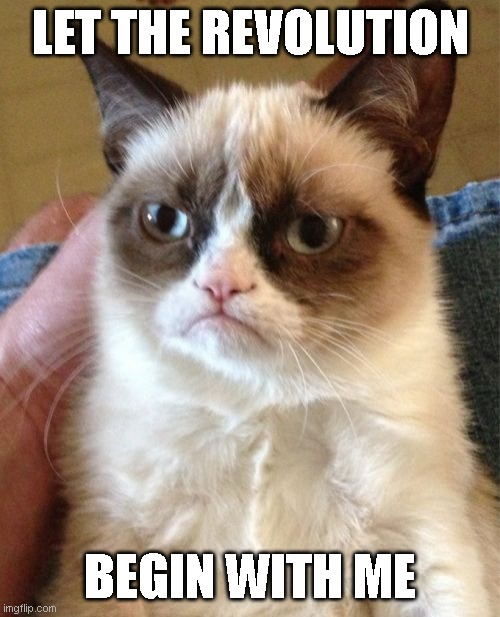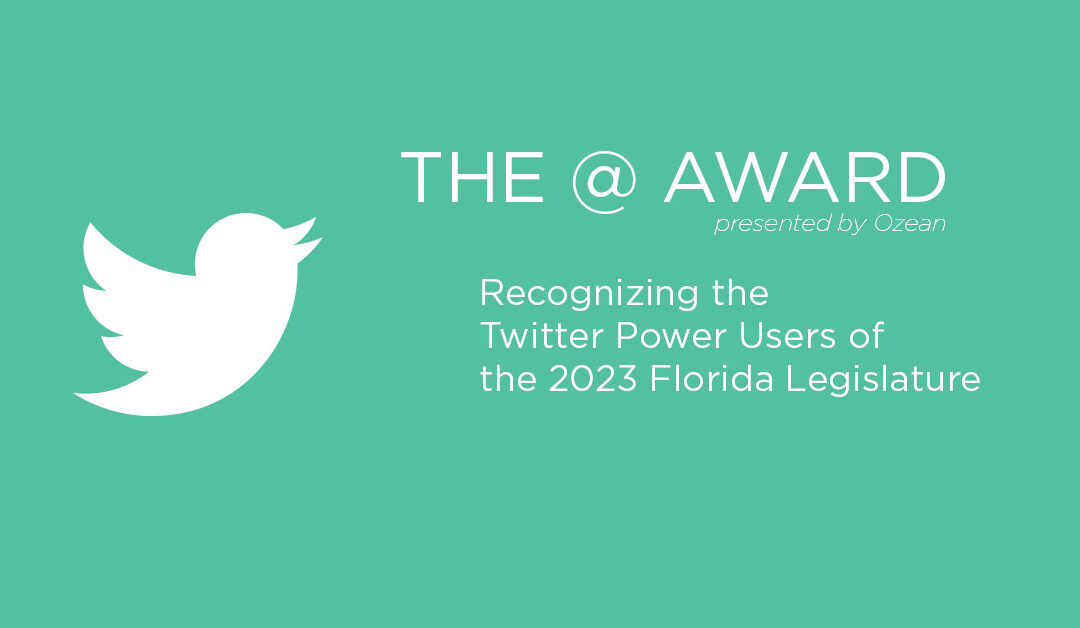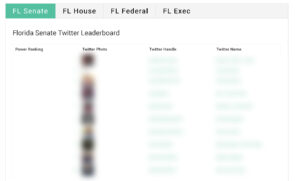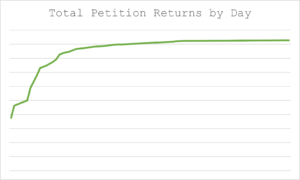
The Power of Memes in Persuasion and Public Relations

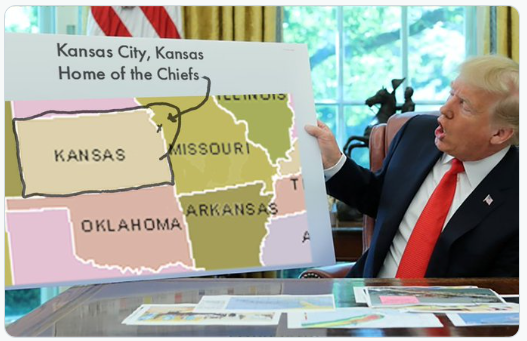
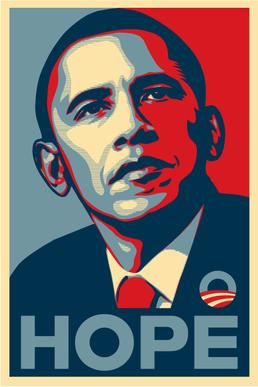
I was recently gifted a signed first edition of Kermit Roosevelt’s book “Countercoup: The Struggle for the Control of Iran”. It is a first-hand account of the CIA’s involvement in the coup in Iran.
I have been thinking about the power of memes and their appeal while reading the book.
On page 188, Kermit writes:
“I also ordered the CIA artists to get to work on artwork that could be used to support the coup plan. I wanted posters, leaflets, and other materials that would appeal to the Iranian people and encourage them to support the new government. I also wanted to have some propaganda materials that could be used to discredit the Mossadegh government and make it look like they were working against the interests of the Iranian people.”
To put this into context, he asked for artwork before he received approval for the plan to foment a coup in Iran.
Said a different way, the very first thing done to foment a coup, was to have the CIA create memes. Why?
“Persuasion runs through the peripheral route.”
Humans have amazing brains that excel at keeping us (for the most part) alive. Because we are so efficient at this, our brains are often processing information much quicker than we can keep up.
The Limbic System
The brain can be split into two intertwined systems.
System 1 is quick (lighting quick) and operates at a subconscious level. It is automatic and we are almost powerless to stop it. It is a massive undertaking of processing stimuli including emotions to quickly assess a friend or foe. System 1 is often called the peripheral route.
System 2 is slower and operates when we DECIDE to use it. It is where we attempt to do our rational thinking. It requires great effort and is taxing. As a rule, we don’t spend much time here. System 2 is often called the deliberate route.
It is estimated that 5% of our thinking time may be spent in System 2.
Most of the time, especially in politics, and for those that aren’t that into politics, we spend a vast majority of time in system 1. Even those that have a well-thought-out political ideology and framework, set it and forget it.
It is the two-system brain that makes memes so persuasive.
The peripheral route of persuasion involves the recipient of the message focusing on peripheral cues, such as the attractiveness of the source, the credibility of the message, or the emotional appeal of the message, rather than on the content of the message itself.
Memes are little nuggets that operate in system 1. Often they confirm our biases, but they also are entertaining. Memes can be used to appeal to people’s emotions, values, and identities. All System 1 thinking.
On top of that, memes are easily shareable garnering discussion among peer groups and creating a shared understanding.
The quote “persuasion runs through the peripheral route” is a reminder that we should be critical of the messages we receive, especially when the messages are trying to persuade us to do something. We should not simply accept a message at face value, but should instead try to evaluate the arguments presented and consider the peripheral cues that are being used to influence us.
If we don’t, we may have grumpy cat to blame for our next revolution.
